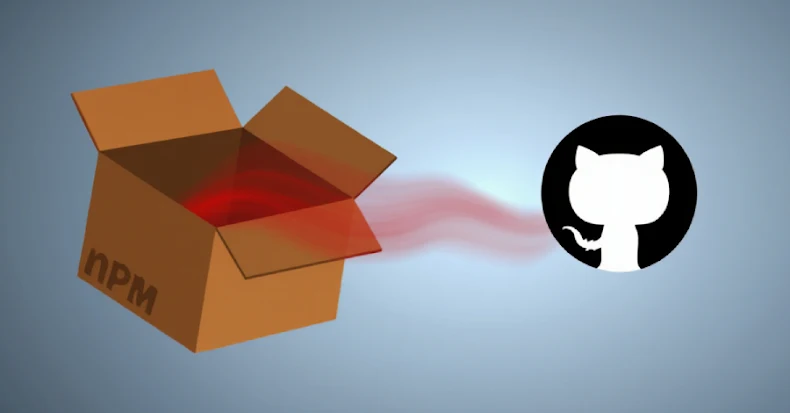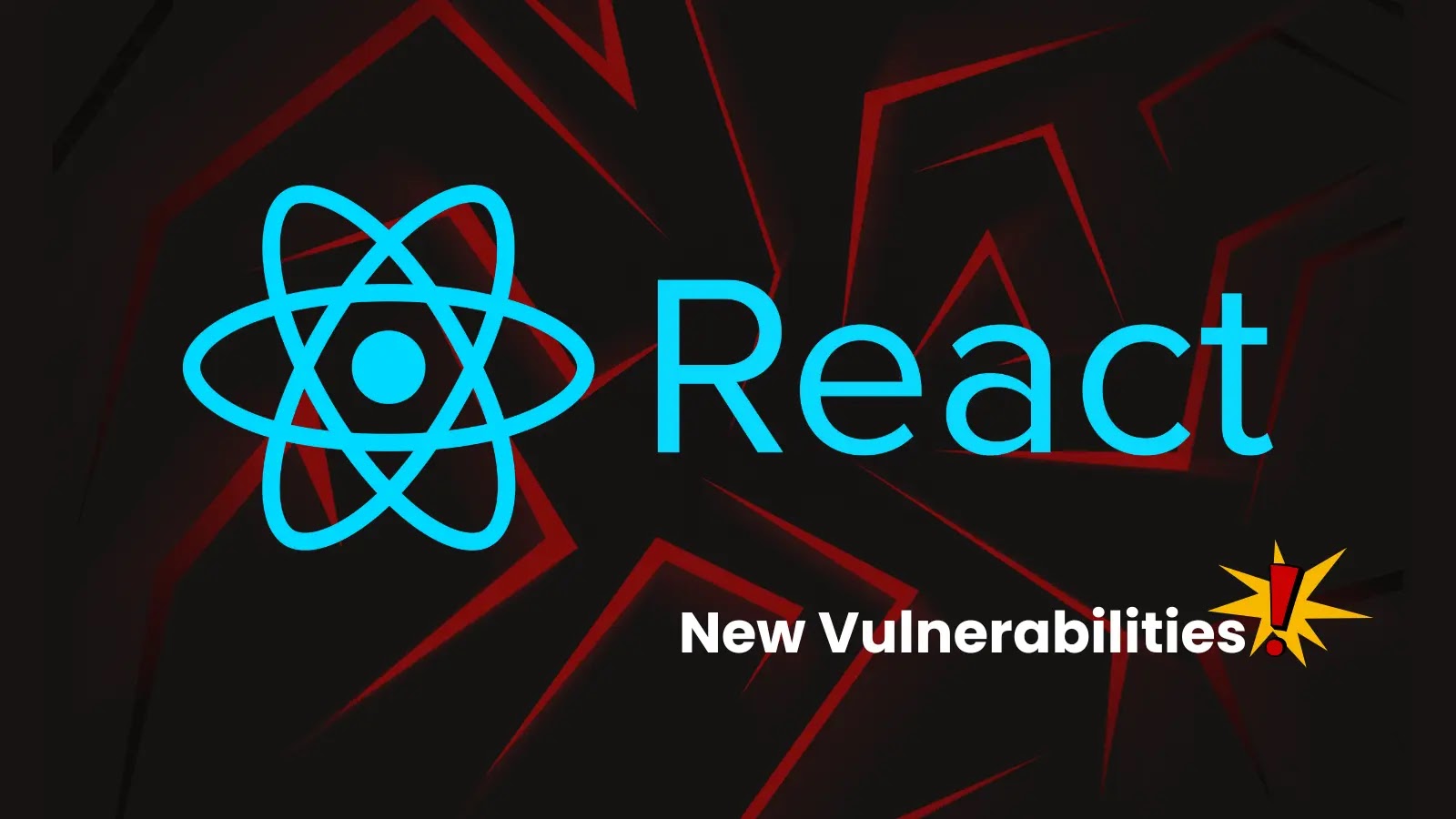PhantomRaven Malware Infiltrates npm: A New Threat to Developer Security
In a significant cybersecurity development, researchers have identified a sophisticated supply chain attack targeting the npm registry. Dubbed PhantomRaven by Koi Security, this campaign involves 126 malicious npm packages designed to exfiltrate sensitive information, including authentication tokens, CI/CD secrets, and GitHub credentials from developers’ systems. Since its inception in August 2025, these packages have been downloaded over 86,000 times, posing a substantial risk to the developer community.
The Mechanism of the Attack
PhantomRaven’s modus operandi is particularly insidious. The attackers embed malicious code within dependencies that reference custom HTTP URLs, prompting npm to fetch these dependencies from an untrusted source—specifically, packages.storeartifact[.]com—instead of the official npm registry. This tactic effectively bypasses standard security scanners and dependency analysis tools, as these systems do not follow such external URLs. Consequently, the malicious packages appear to have zero dependencies, evading detection.
Security researcher Oren Yomtov elaborated on this technique, stating, And npmjs[.]com doesn’t follow those URLs. Security scanners don’t fetch them. Dependency analysis tools ignore them. To every automated security system, these packages show ‘0 Dependencies.’
Execution and Payload Delivery
The attack sequence initiates when a developer installs one of these seemingly benign packages. This action triggers the retrieval of a remote dynamic dependency (RDD) from the attacker’s server. The malicious package includes a pre-install hook that executes the primary payload, which is engineered to:
– Scan the developer’s environment for email addresses.
– Collect information about the CI/CD environment.
– Gather system fingerprints, including the public IP address.
– Exfiltrate the collected data to a remote server controlled by the attacker.
Strategic Naming and AI Exploitation
The selection of package names in this campaign is far from arbitrary. The threat actors have employed a tactic known as slopsquatting, wherein they exploit large language models (LLMs) that generate plausible-sounding, yet non-existent, package names. By registering these names, attackers increase the likelihood that developers will trust and install these malicious packages.
Yomtov highlighted the sophistication of this approach: PhantomRaven demonstrates how sophisticated attackers are getting [better] at exploiting blind spots in traditional security tooling. Remote Dynamic Dependencies aren’t visible to static analysis. AI hallucinations create plausible-sounding package names that developers trust. And lifecycle scripts execute automatically, without any user interaction.
Implications for the Developer Community
This incident underscores the evolving tactics of cyber adversaries in compromising open-source ecosystems. The npm platform’s ease of publishing and minimal friction for package distribution, while beneficial for developers, also presents opportunities for malicious actors. Lifecycle scripts, such as preinstall, install, and postinstall, can execute arbitrary code during installation, often without the developer’s explicit awareness.
DCODX, a DevSecOps company, commented on the broader implications: The npm ecosystem allows easy publishing and low friction for packages. Lifecycle scripts (preinstall, install, postinstall) execute arbitrary code at install time, often without developer awareness.
Recommendations for Developers
In light of the PhantomRaven campaign, developers are urged to adopt stringent security practices:
1. Vigilant Package Selection: Scrutinize the sources and maintainers of npm packages before integration.
2. Regular Dependency Audits: Conduct frequent reviews of project dependencies to identify and remove any that are unnecessary or potentially harmful.
3. Enhanced Security Tools: Utilize advanced security scanners capable of detecting anomalies in package dependencies and lifecycle scripts.
4. Monitor for Unusual Activity: Stay alert to unexpected behaviors in development environments, such as unauthorized network requests or data exfiltration attempts.
5. Community Engagement: Participate in developer forums and communities to stay informed about emerging threats and share best practices.
Conclusion
The PhantomRaven malware campaign serves as a stark reminder of the persistent and evolving threats within the software supply chain. As attackers refine their methods to exploit the trust inherent in open-source ecosystems, developers must remain vigilant and proactive in implementing robust security measures to safeguard their environments and sensitive information.



